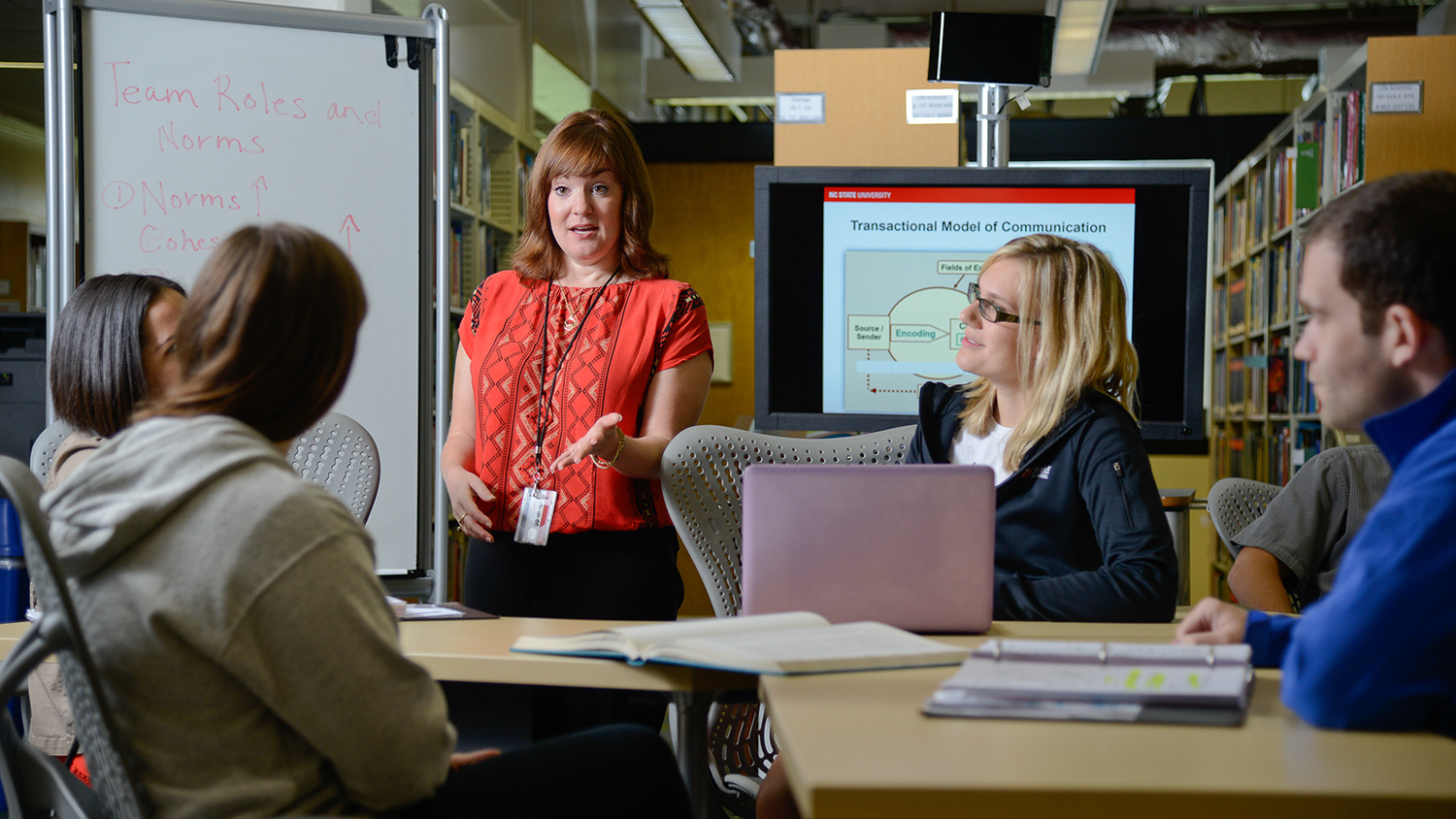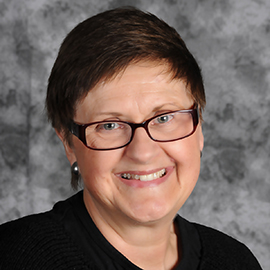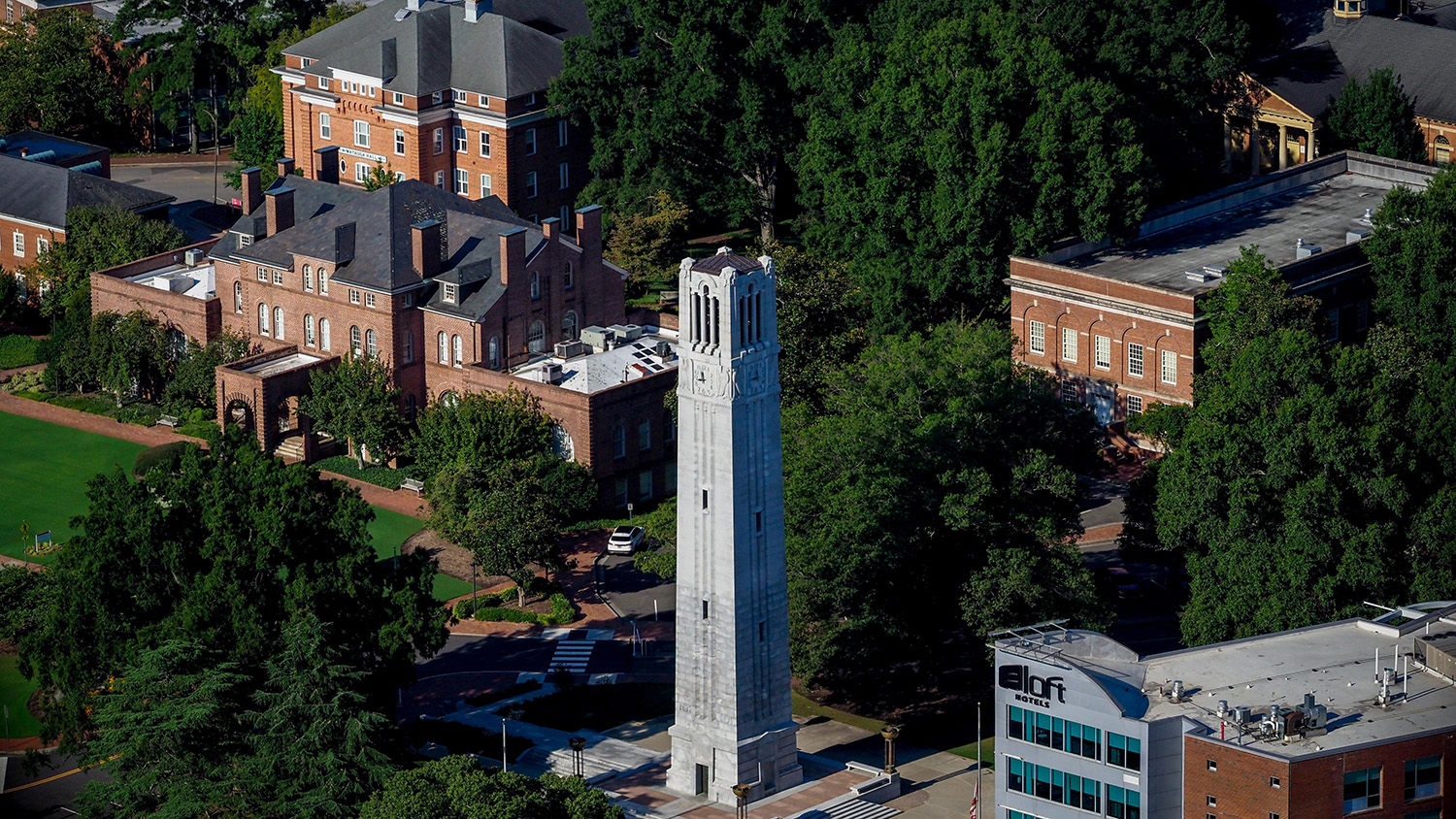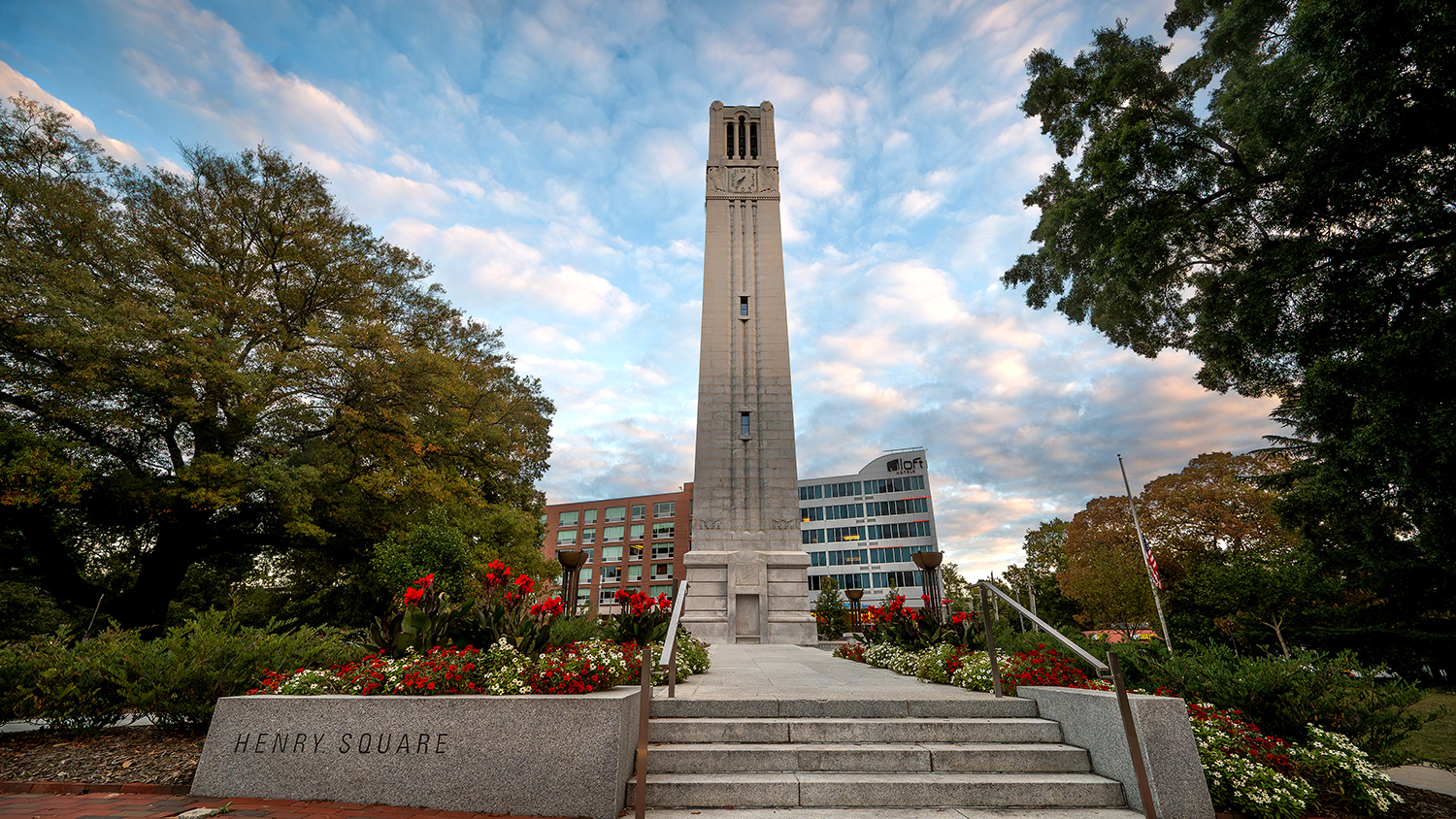Pack Hacks for Faculty: Principles for Classroom Balance

Welcome back to Pack Hacks for Faculty. Each month, a member of the NC State faculty will provide quick tips, advice and other insight to facilitate your teaching, research, scholarship or engagement activities. If you are interested in making a submission for a future Pack Hacks for Faculty, please review our submission guidelines and contact provost-communications@ncsu.edu if you have questions.
This month, Candy Beal, associate professor in the Department of Teacher Education and Learning Sciences, introduces us to James Gabarino’s principles on teaching, learning and living with balance.
Principles for Classroom Balance
 James Garbarino, in his book Ecology of Adolescent Development, talks about kids growing up in four worlds or microsystems: peers, home, school, community. The interconnectedness of these four worlds is the mesosystem. The more connected throughout the mesosystem, the more support the person has. Encircling the mesosystem and the interior microsystems are the exosystem and the macrosystem.
James Garbarino, in his book Ecology of Adolescent Development, talks about kids growing up in four worlds or microsystems: peers, home, school, community. The interconnectedness of these four worlds is the mesosystem. The more connected throughout the mesosystem, the more support the person has. Encircling the mesosystem and the interior microsystems are the exosystem and the macrosystem.
The exosystem represents those things over which the student/person/adolescent has no control: parents divorcing, the family moving for a new job, changing schools, losing a job, becoming homeless, etc. The macrosystem encircles everything and represents the overriding values, beliefs and practices of the society as a whole: democracy, dictatorship, socialist, Jewish, Christian, agnostic, etc.
Making Theory Tangible
And why is Garbarino’s theory so critical today? We, in education, are concerned about the physical, emotional and mental health of our students. School shootings are more frequent, suicides rates are climbing, and students: preschool, elementary, middle, high school or college, and their families are under increasing stress and pressure. Making grades, balancing a budget, maintaining a healthy work/school/time ratio, making friends, making the right kind of friends, feeling satisfaction by giving back to the community, being happy, being kind, eating healthy, exercising, studying, the list goes on and on and can become overwhelming.
Some hide their feelings of being overwhelmed very well and thus can slip through the cracks no matter how vigilant, observant and well meaning we all are. To help students, and because one teacher cannot be everywhere all the time, I work very hard to set up a student community of support in my classroom. I am very fortunate to teach three-hour classes. On the negative side, I only see my students once a week so I must make the most of that once a week meeting.
Connecting With Students
As you can imagine I set and reset my activity/learning/teaching clock many times in that three-hour period. There are many chances to do problem based collaborative learning, engage in group discussions, etc., but before I depend on the microsystems coming together, I do a very deep dive “getting to know you” activity in our first class meeting.
Students are asked to bring a small item (non-electronic) to our first class, an item with meaning for them, something that they can use to introduce themselves. This small, meaningful item provides a safety net. You don’t get up and talk about yourself, but rather you talk about the item and its meaning to you. I use the Quaker approach — “when the spirit moves you,” you get up and tell your story.
No pressure, no counting how many before people you have to share. Colleagues have questioned the amount of time I devote to this — as long as it takes — and that I do not cut anyone off. I do not teach a 300-person lecture class, but rather 20-25 students in a class. But if I did teach a very large class, I would figure out a way to establish my classroom community because I believe this is so important for the wellbeing of our students.
A Lasting Impact
In the 23 years I have used this “first class getting to know you teaching approach” at NC State, I have found that because of it my students give 150 percent to each other and do the same for me. They are connected. We are all connected. All are passengers in our small boat and no matter how rough the sea becomes, everyone pitches in to help one another. That first deep dive into who we are and how we became the people we are today, cements the connections among our microsystems and give us all a very strong connected mesosystem on which to lean as we go forward.
I should add that these three-hour classes are helped tremendously by snacks that I bring, and that practice was the result of a student evaluation I got one semester, “Dr. Beal may not realize it, but at the end of the month our money gets really tight and some of us don’t have enough to eat. Her snacks, muffins, cookies, bagels, etc., make a real difference for all of us.” A good example of the exosystem (parent financial support or not) influencing the microsystem (individual students’ well being) and shows the support I can give my students by being a part of their mesosytems.
I love what I do, what I teach, how I teach and above all, I love my students. My hope is that all of them will practice Garbarino teaching and learning and living principles to find balance in their own classrooms.
Candy Beal is an associate professor in the Department of Teacher Education and Learning Sciences in the College of Education. She can be reached at candy_beal@ncsu.edu.
- Categories:


